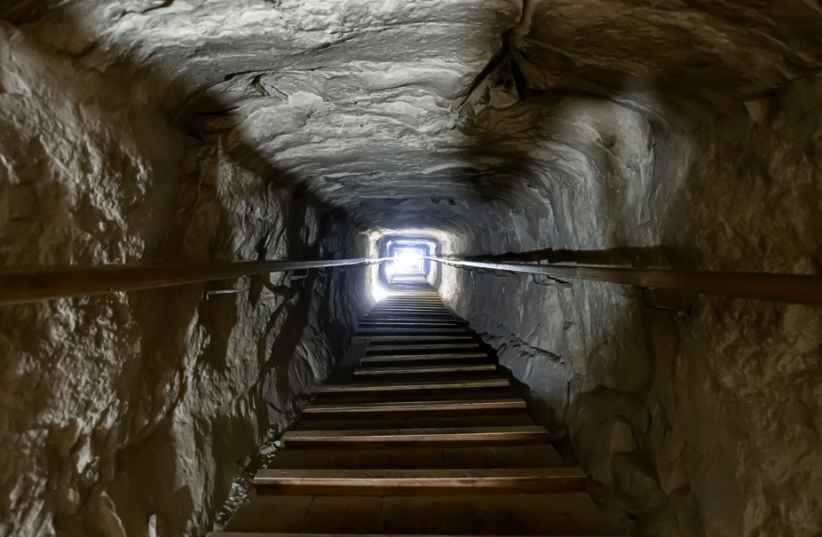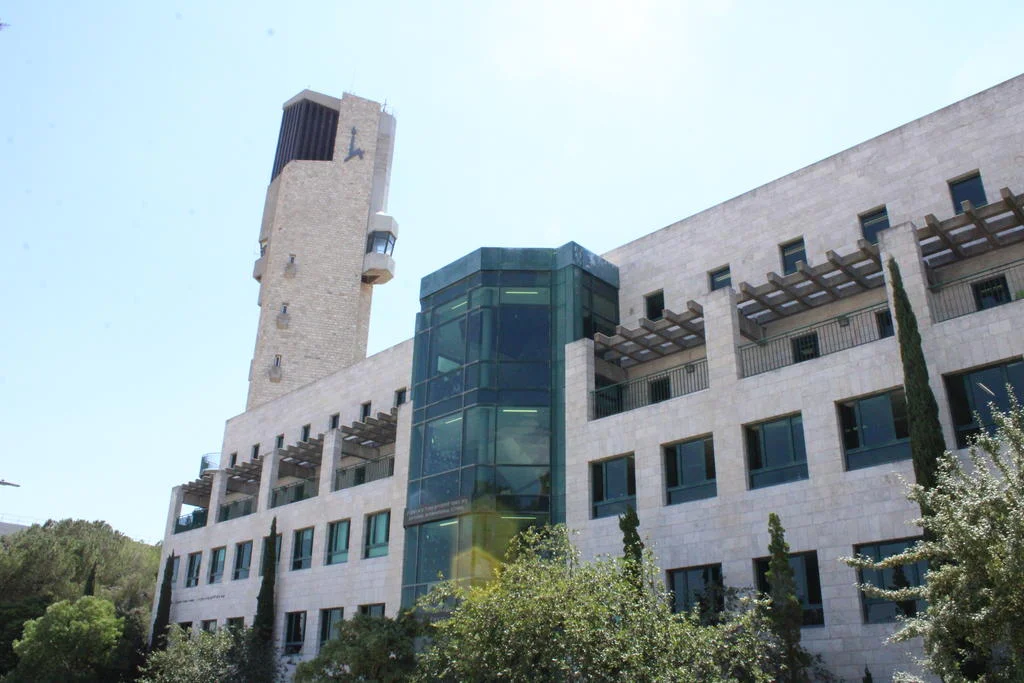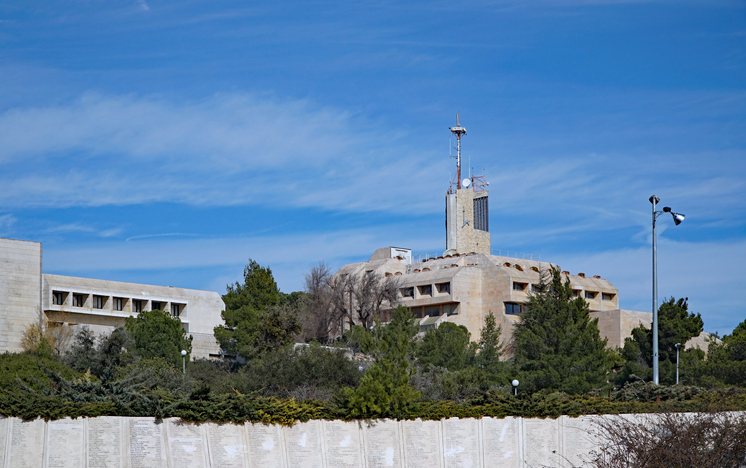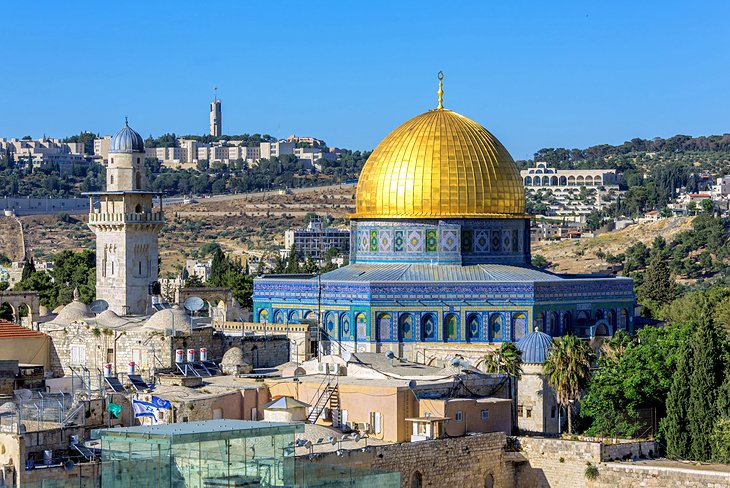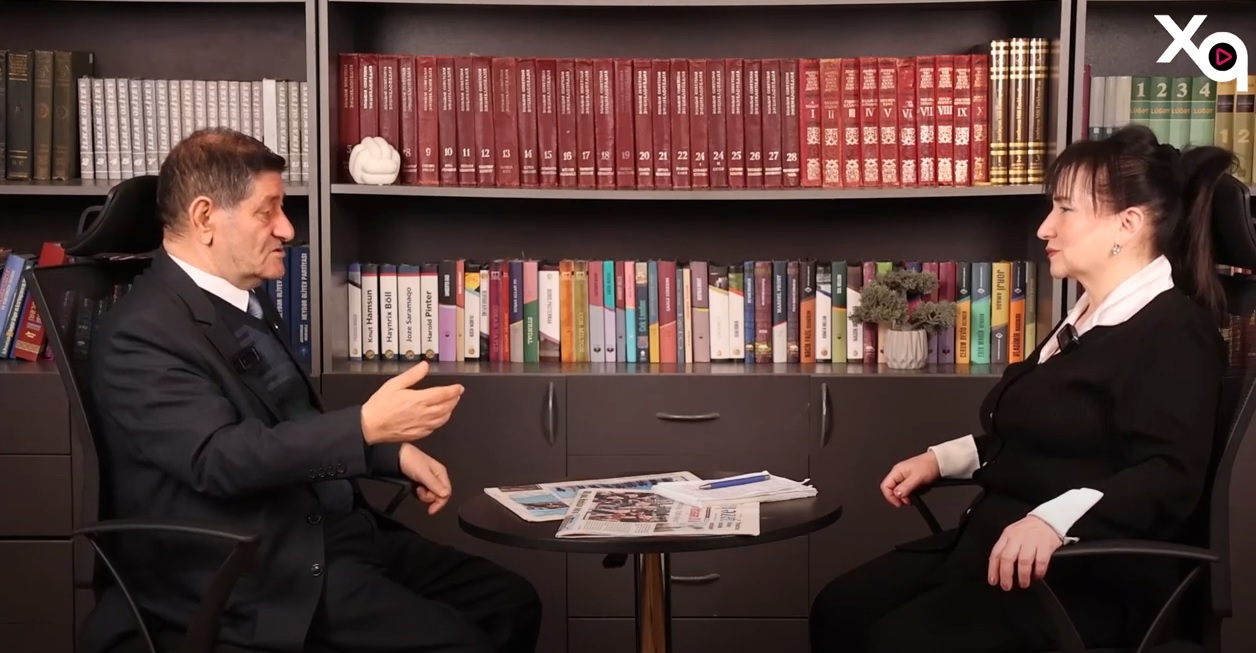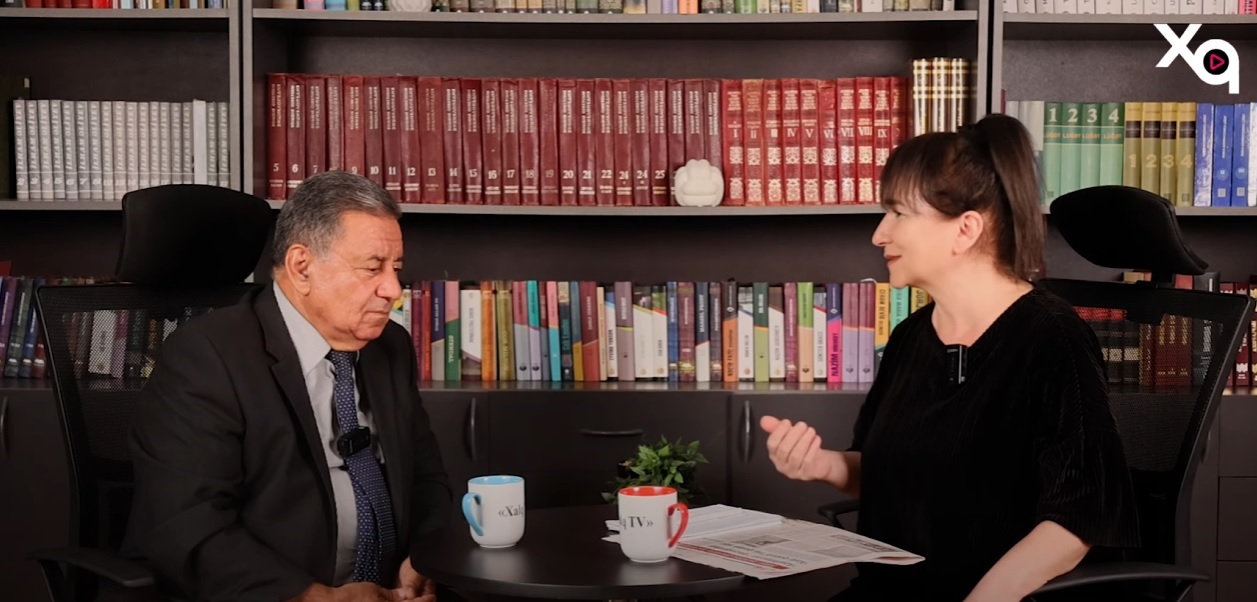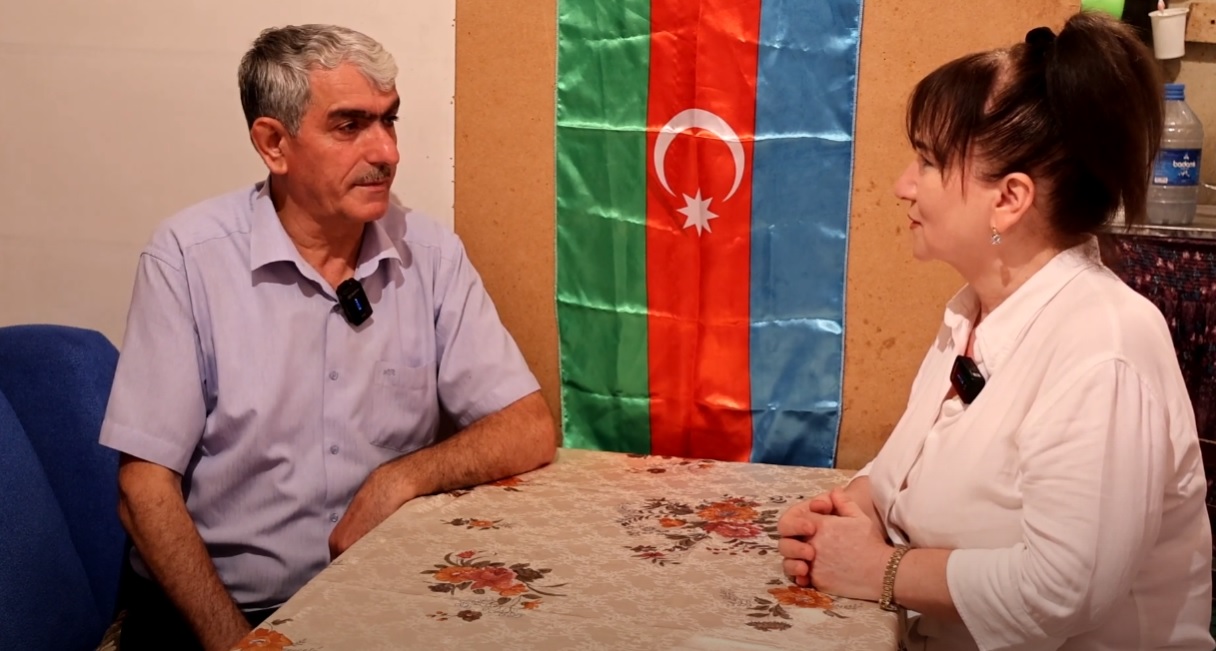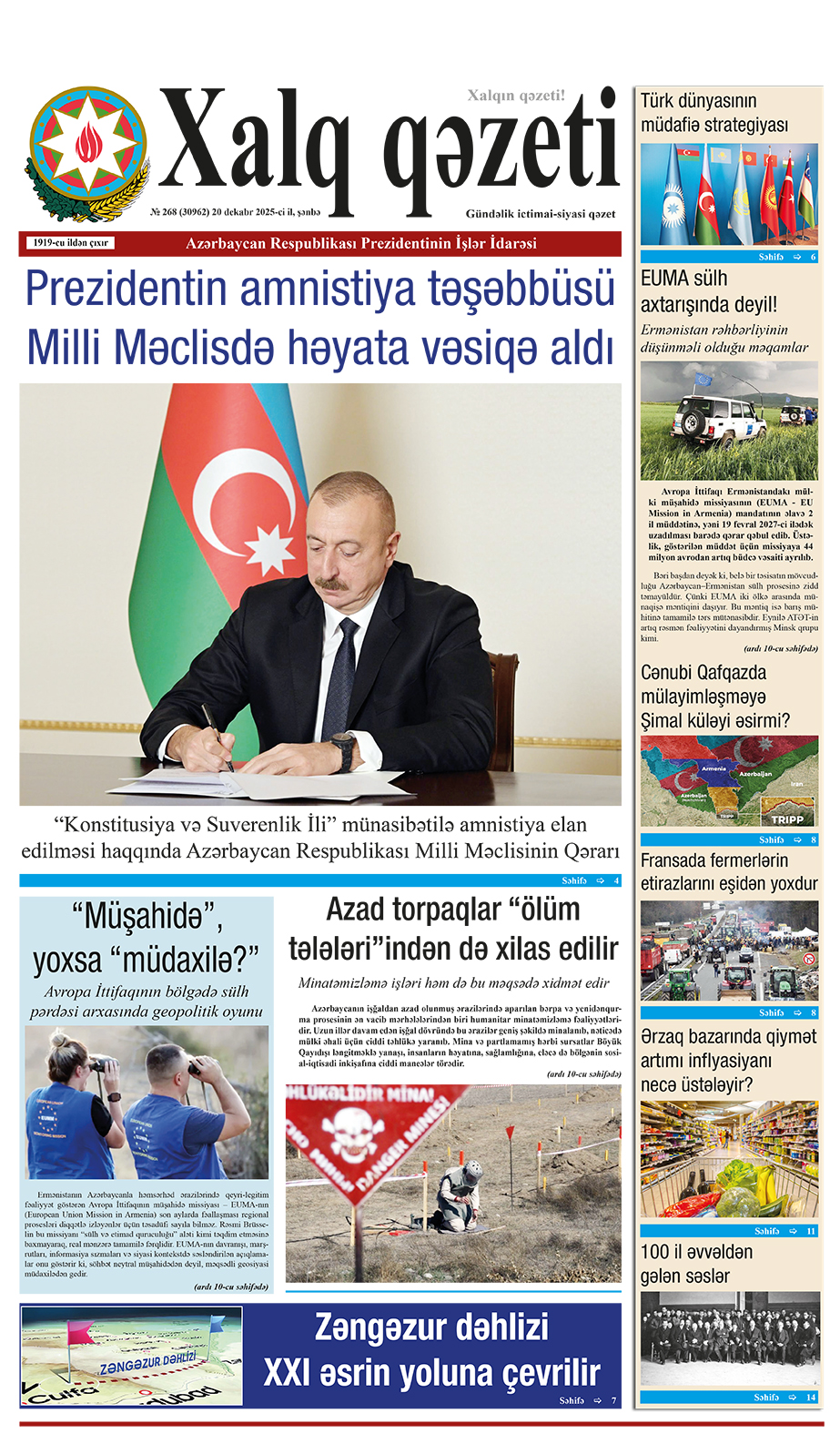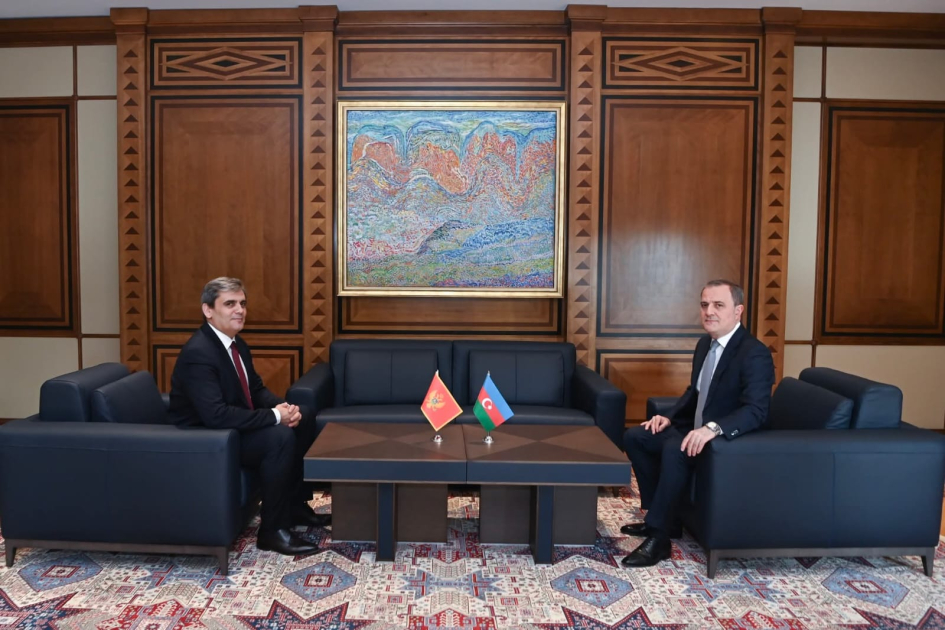By JERUSALEM POST STAFF
The recent premiere of the documentary The Mystery of the Lost Pyramid on the Smithsonian Channel has unveiled an extraordinary archaeological discovery in the ancient necropolis of Dahshur, Egypt.
The recent premiere of the documentary The Mystery of the Lost Pyramid on the Smithsonian Channel has unveiled an extraordinary archaeological discovery in the ancient necropolis of Dahshur, Egypt. A previously unknown pyramid, sealed for nearly 4,000 years, was found, revealing secrets about Princess Hatshepsut, a royal figure not recorded in Egyptian history.
Quarry workers digging in the Dahshur area stumbled upon the well-organized base of finely cut limestone blocks and hidden pyramid remains. They quickly informed Egypt's Ministry of Tourism and Antiquities, which dispatched archaeologists to excavate the site and enter the burial temple for the first time. The archaeologists were astonished by what they found inside.
Dr. Chris Naunton, a British Egyptologist and author who participated in the mission at the archaeological site, described the finding as "exciting" and investigated the site following the discovery. "There are two questions here: who was buried and for whom was this built?" said Naunton.
During the excavations, the team discovered a passageway leading to an underground chamber, including a vaulted corridor at the entrance that led to the heart of the tomb. "The stairs lead to an underground complex, the heart of the pyramid," the narrator of the documentary tells the audience.
Despite the pyramid appearing to be completely sealed, archaeologists were shocked to find the burial chamber in disorder and decomposition. Surprisingly, the burial chamber showed evident signs of looting, raising questions about how a seemingly intact burial could have been disturbed. The site was later described as an 'ancient crime scene'.
"It was apparent that someone got here first and robbed what was inside," explains the narrator.
To prevent more people from trying to steal the objects, a cornerstone was later added, and the capstone was designed to keep looters out for good, according to Naunton. Because looters couldn't get in afterward, the burial also couldn't be checked to have gone ahead without being looted by those putting the burial together, which Naunton described as the "perfect crime."
The archaeologists analyzed damaged hieroglyphs on a canopic chest found inside the tomb. The name of the royal heiress, Princess Hatshepsut, was deciphered after a scanner carefully read and analyzed a series of hieroglyphics that had been damaged by the erosion of time, revealing her name for the first time.
"This is a revelation. There are no records of this newly discovered Princess Hatshepsut yet she was important enough to have been buried in her own pyramid," the narrator says.
Princess Hatshepsut is different from the famous Pharaoh Hatshepsut of the 18th Dynasty, who was the architect of the famous temple near the Valley of the Kings. The newly discovered Princess Hatshepsut dates back to the early 13th Dynasty of Ancient Egypt.
Naunton described the site as a "lunar looking landscape," noting the unique environment of the Dahshur area. Dahshur houses some of the oldest and most unique pyramids of Egypt, including the famous Bent Pyramid and the Red Pyramid of Pharaoh Sneferu. There are only a few pyramids in the Dahshur area, and most of them have been studied, making this discovery particularly important.
The discovery, initially promising, has puzzled experts due to the surprising conditions in which the interior of the structure was found. Archaeologists were "shocked" to find everything in disorder and decomposition.


